Results 3,471 to 3,480 of 12096
Thread: Anandtech News
-
12-10-13, 08:30 AM #3471
Anandtech: Ask the Experts: ARM's Cortex A53 Lead Architect, Peter Greenhalgh
Given the timing of yesterday's Cortex A53 based Snapdragon 410 announcement, our latest Ask the Experts installment couldn't be better. Peter Greenhalgh, lead architect of the Cortex A53, has agreed to spend some time with us and answer any burning questions you might have on your mind about ARM, directly.
Peter has worked in ARM's processor division for 13 years and worked on the Cortex R4, Cortex A8 and Cortex A5 (as well as the ARM1176JZF-S and ARM1136JF-S). He was lead architect of the Cortex A7 and ARM's big.LITTLE technology as well. 
Later this month I'll be doing a live discussion with Peter via Google Hangouts, but you guys get first crack at him. If you have any questions about Cortex A7, Cortex A53, big.LITTLE or pretty much anything else ARM related fire away in the comments below. Peter will be answering your questions personally in the next week.
Please help make Peter feel at home here on AnandTech by impressing him with your questions. Do a good job here and I might be able to even convince him to give away some ARM powered goodies...

More...
-
12-10-13, 02:00 PM #3472
Anandtech: Google Play Edition LG G Pad 8.3, Sony Xperia Z Ultra, White Nexus 7 Annou
Today Google dropped by news of three new products hitting the Google Play store's device section, Google Play editions of LG's G Pad 8.3 and Sony's Xperia Z Ultra, and a Nexus 7 available in white. For those who haven't followed, Google Play Edition devices run software built by the respective device OEMs, but updated in a timely fashion to the latest version of Android, and a strictly stock UI without third party software preloads or skins. Before this announcement there were two other Google Play edition devices, the Samsung Galaxy S4, and HTC One which we've reviewed. All three come running Android 4.4 KitKat out of the box.
We've seen leaks and rumors to its effect, but the first is a Google Play edition of LG's G Pad 8.3 tablet which has an 8.3 inch 1920x1200 display and Snapdragon 600 APQ8064 SoC, the storage side is 16 GB of internal, and a microSD slot. There's also dual band WiFi, a 5 MP rear camera, and 1.3 MP front facing camera. It's an interesting tablet that should augment the Nexus 7 nicely for people looking for a slightly bigger display but aren't quite sold on the somewhat aging Nexus 10. The G Pad 8.3 Google Play Edition is $349 and available only in the US. We've been working on a review of the LG G Pad for some time now, and are interested to see the differences with the Google Play edition. 
Next is a Google Play edition of the Xperia Z Ultra available for $649 in the US which comes with 16 GB of internal storage. This looks like model C6806 with pentaband WCDMA in addition to LTE bands 1, 2, 4, 5, 7, 8, and 17 (meaning it will work on T-Mobile and AT&T LTE and WCDMA natively in the US) but running a GPe software load. The Xperia Z Ultra is a large smartphone with 6.4-inch 1080p display and based around the 2.2 GHz MSM8974 Snapdragon 800 SoC. I've been using an Xperia Z Ultra for some time now and am intrigued by the device and its form factor, having a Google Play edition of the device available just sweetens the deal. 
Last but not least is a white color option for the Nexus 7 (2013) which spices things up. Google has been a fan of white variants of its devices, usually reserving them for some special edition launch or I/O giveaway, I'm glad to see a white version of the Nexus 7 arrive in time. The white Nexus 7 is only available in the WiFi variant, 32 GB, and in the US, UK, and Japan. 
We hope to have hands on with all three within a few days, and a complete look at what's different for the two new Google Play edition devices. 

More...
-
12-11-13, 03:00 AM #3473
Anandtech: Humble Jumbo Bundle, Dying Orcs, Bundle Stars, and More!
I'm late on this one, as I was traveling last week, but the current Humble Jumbo Bundle definitely deserves your attention. I actually bought this bundle while I was away on Thanksgiving vacation, but it still has a week left and this is definitely one you should buy. The current average price is only $4.21 and you get nine games, many of which are worth more than $5 on their own. The full list consists of Natural Selection 2, Sanctum 2, and Magicka (with "Vietnam" and "Dungeons and Daemons" DLC), which is a reasonable starting point. If you pay more than the average price, however, you'll also receive Orcs Must Die! GOTY, Orcs Must Die! 2: Complete Pack, Sanctum: Collection, Garry’s Mod, Cities in Motion 2, and Serious Sam 3: BFE, which is pretty insane. There are also soundtracks for six of the games available (Orcs Must Die!, Cities in Motion 2, and Garry's Mod being the exceptions).
Since I missed mentioning it last week, I'm also going to bring up the current Humble Weekly, which has ten indie titles for $6. The core seven games are OddPlanet, Splotches, Faerie Solitaire, MANOS: The Hands of Fate, Vincere Totus Astrum, and Pitiri 1977. You also get the game-creation software Multimedia Fusion 2, which was apparently used to create these six games. Pay $6 or more and you’ll also receive Knytt Underground, NightSky, and Really Big Sky. Nearly all of the games are available as DRM-free releases. Those who like Steam can also get Faerie Solitaire, Knytt Underground, NightSky, and Really Big Sky on that platform (with three of those four – Really Big Sky being the exception – also being available for OS X). And Android users also get a few bonuses, as MANOS and Nightsky versions for that OS are included.
Still need more options for some indie gaming goodness? I received an email from another company similar to Humble Bundle that has several bundles all going on right now. The company is Bundle Stars (based in the UK), and while it's not a “name your own price and/or give to charity” site, they have six current bundles range in price from $2.50 up to $4.01, with one other bundle being priced at a hefty $8.99 (yes, that's tongue-in-cheek). Some of the games are older, some are probably not that great, but at less than $1 per game it's hard to complain. The current six bundles going on are the Planes, Trains, and Automobiles (nine vehicular games for $4.01), Indie Capsule Bundle (seven indie games for $3.50), The Outer Limits (ten games for $4.01), Ultimate Sci-Fi (eight games for $3.50), Superpower Sims (nine simulation gmaes for $8.99), FPS Warrior (six FPS shooters for $3.50), and Blaze of Glory (six strategy games for $2.50). The bundles have anywhere from seven to 28 days remaining, and if you missed some of these games and want to give them a shot this is the modern day bargain-bin, with Steam codes available for all of the games.
Gallery: Humble Jumbo Bundle, Dying Orcs, Bundle Stars, and More!






More...
-
12-11-13, 04:30 PM #3474
Anandtech: An Update on AMD’s Crossfire Eyefinity Frame Pacing Driver
In the last week several of you have emailed us about AMD’s Crossfire Eyefinity frame pacing driver – their so-called “phase 2” frame pacing driver – looking for a status update on AMD’s second major frame pacing fix. The last time we talked to AMD about the driver was in late September, at which time AMD told us at the time that they expected to have the driver out for a November release. November has since come and gone of course, meaning AMD has missed their previous deadline.
Since then we’ve been working on chasing down AMD to get a status update on the phase 2 driver, which they have finally provided. The long and the short of it is that the phase 2 driver has been delayed by roughly an additional two months, with AMD now expecting to have a public release of the phase 2 driver ready at some point in January. Note that January coincides with the CES and the launch of Kaveri (AMD’s first GCN desktop APU), so while AMD hasn’t provided any further guidance we wouldn’t be surprised if the roll-out was post-Kaveri, so that AMD doesn’t have to juggle multiple projects at once.
AMD didn’t provide any insight into the latest delay for the phase 2 driver, so at this point it’s not clear whether the delay is due to technical issues, labor/time issues, or a combination of both. From a public perspective AMD’s driver team has already had a busy last few weeks, having been occupied with post-launch tasks for the R9 290 series including pushing out a driver roughly once a week while also making some very fundamental changes to how fan speeds are handled on the 290 cards to reduce fan speed variance. At the same time Mantle is also still in development – the latest Battlefield 4 Mantle ETA is still this month – as AMD is still hammering out Mantle to prepare it for BF4 and for public development. So it goes without saying that we wouldn’t be the least bit surprised if there’s a manpower issue on AMD’s end, though in our admittedly self-interested point of view it seems to us that the phase 2 driver should be the highest priority item on AMD’s plate.
Anyhow, we’ll have more on the matter once AMD is ready to talk about it in full detail. Hopefully once we’re closer to the launch date AMD will be able to provide us with further information on how the phase 2 fix works. We know from the launch of the 290 series that AMD is going to need to pass frames over the PCIe bus – something the pre-GCN 1.1 cards lack the dedicated XDMA hardware for – so it will be interesting to see how AMD will be implementing this and how it impacts Crossfire performance.

More...
-
12-11-13, 09:30 PM #3475
Anandtech: Rambus and Micron Bury the Hatchet; All Memory Players Now License Rambus
Bringing an end to a saga that has spanned over a decade and most of the life of this site, what’s widely considered the final major legal battle between Rambus and a memory manufacturer has come to an end. Burying the hatchet, Micron and Rambus ended their fight this week with Micron finally agreeing to license Rambus’s technologies and to pay royalties for their use.
According to the Wall Street Journal Micron will be paying Rambus a 0.6% royalty rate on all impacted products, which given Rambus’s wide patent holdings essentially covers all forms of DDR SDRAM and in turn impacts vast majority of Micron’s RAM offerings. The agreement will run for 7 years, with Micron having the option to renew it at that time (as some of Rambus’s patents should still be valid even in 2020). Notably the royalty rates are capped at $10 million per quarter – adding up to $280 million over the period of the 7 year agreement – so the final price tag will depend on Micron’s DRAM revenue if they end up staying under the cap.
This agreement comes just over 2 years after Rambus’s last major fight with Micron, which saw Hynix and Micron successfully defend themselves against claims by Rambus that the two were conspiring against Rambus. That ruling meant that the two firms were not liable for treble damages to Rambus, but it left the matter of patent infringement unresolved. Since then Hynix has settled with Rambus, leaving Micron as the last man standing until now.
Ultimately with the settlement of the Micron fight, Rambus has now signed licensing agreements with all of the major memory manufacturers. This means that although it’s taken the better part of a decade, Rambus has ultimately proven successful in proving that SDRAM and its descendants infringe on Rambus’s patents, allowing them to collect royalties on all of the common forms of DRAM produced today. With the last memory manufacturer now licensing their technology, the only outstanding suits (that we’re aware of) all involve companies who develop memory controllers.
With that said, this does leave the question of where Rambus goes from here. In the PC space RDRAM/XDR has long been dead, and in the console space all of the current-generation consoles are using DDR3 or GDDR5, with the remaining XDR consumption tapering off alongside the last-generation Playstation 3. But there is a very real need for faster memory technologies, especially at the very high end where NVIDIA and other GDDR5 consumers are looking at more exotic solutions such as integrating/stacking DRAM on-chip as GDDR5 reaches its own apex.

More...
-
12-12-13, 04:04 AM #3476
Anandtech: ASRock to Release 990FX Killer Motherboard with M.2
One of the next big things in motherboard development is the progressive move to faster storage – the superseding of SATA 3 Gbps and SATA 6 Gbps.  We already have PCIe cards; however these tend to be bulky and/or expensive for all but enthusiasts.  There is the RAID route, which comes with potential pitfalls of its own.  Other than this, we are waiting for the SATA Express revolution to take hold, either in the form of AHCI enabled hardware or NVMe.  On the motherboard, this means we need the M.2 (formerly NGFF) standard to be prevalent: we have seen it so far on the ASUS ROG line with mPCIe Combo II enabled motherboards, where it uses a PCIe 2.0 x1 lane from the PCH to connect to the system.  ASRock are now preparing to release an AMD AM3+ motherboard based on the 990FX chipset with access to PCIe 2.0 x2, direct from the CPU, which should be suitable for 10 Gb/s peak speed (this around 1 GB/s) in SATA Express mode and SATA 6Gb/s in SATA mode.
The motherboard is the ASRock Fatal1ty 990FX Killer – the next installment of ASRock’s Killer range featuring an E220x NIC, Purity Sound (Realtek ALC1150 based) and a three month license to the XSplit recording software.  It should also come with ASRock’s upgraded BIOS and software packages we have seen on Z87, and ASRock’s ‘Gaming Armor’ methodology (more energy efficient power delivery, higher gold content in sockets for lower resistance).
The M.2 connector is similar in placement to the mSATA – on the motherboard image above it is between the first two PCIe full length slots, next to the chipset.  Due to the M.2 being compatible with both M.2 PCIe and M.2 SATA derived storage devices, for the latter it requires routing from one of the chipsets SATA ports (thus sharing with the eSATA on the rear IO).  It may seem odd that ASRock are stating that the PCIe lanes for M.2 are from the CPU rather than the chipset, however AMD FX processors have 38 PCIe lanes at their disposal from the CPU:
This allows 990FX to be a platform for this type of expansion without hurting any GPU bandwidth limitations or reducing the number of extra ports on the board.  For Intel products, the lanes have to be taken from the chipset (up to 8x PCIe 2.0 lanes) which could arguably introduce a delay due to the extra routing, but until we get two similar systems side-by-side for comparison, we cannot hold any data to that claim.
No word on release date or pricing yet.  The main issue M.2 enabled motherboards have right now is the lack of M.2 storage products on the market: mSATA took its time to reach etailers, and even then there are still only a few options for end-users.  Most products thus ends up in the hands of OEMs, which is where I would imagine the first batches of M.2 PCIe storage is going.  We have already seen Plextor showcase some M.2 offerings, and ADATA at Computex this year were also excited for their products, as well as Samsung at their Global SSD Summit (if I remember correctly).  It is interesting that ASRock are experimenting with the 990FX platform in this way: I assume it acts as a technological showcase for what can be done on future motherboards.
Gallery: ASRock to Release 990FX Killer Motherboard with M.2


More...
-
12-12-13, 04:59 AM #3477
Re: Anandtech News
-
12-12-13, 08:31 AM #3478
Anandtech: NVIDIA G-Sync Review
With ATI and AMD fully integrated, and Intel finally taking graphics (somewhat) seriously, NVIDIA needs to do a lot more to remain relevant (and dominant) in the industry going forward. Simply putting out good GPUs will only take the company so far.
NVIDIA’s latest attempt is G-Sync, a hardware solution for displays that enables a semi-variable refresh rate driven by a supported NVIDIA graphics card. Read on for our review!

More...
-
12-12-13, 09:31 AM #3479
Anandtech: OCZ Releases Intrepid 3000: First In-House Enterprise SSD
The last few weeks have been tough for OCZ. The company filed for bankruptcy and a week later OCZ announced that Toshiba will be acquiring their assets. While there is a lot going on at OCZ at the moment, their business continues to operate normally in the mean time. The proof of that is OCZ's latest release: the Intrepid 3000. It is OCZ's first in-house developed enterprise SSD, although quite surprisingly it utilizes the Marvell 88SS9187 based Everest 2 platform (same as in Vertex 4) instead of the newer, fully in-house developed Barefoot 3 platform. Enterprise drives often require significantly more validation than client drives, which is the likely reason why the Intrepid 3000 uses an older platform. The other possibility is that the Barefoot 3 is simply not equipped for enterprise, although I find that unlikely. Nevertheless the firmware has been developed by OCZ from a scratch, which is new to OCZ's enterprise offerings since OCZ has relied on SandForce for the controller/firmware in the past. Due to the controller, the Intrepid 3000 is still a 2.5" SATA 6Gbps device. We are seeing some shift towards SAS 12Gbps and PCIe in the enterprise but SATA drives have their place in the market thanks to broad support and compact form factor. 
The Intrepid 3000 consists of two models: the 3600 and 3800. The only difference between the two is that the 3600 uses regular consumer-grade MLC (i.e. cMLC), whereas the 3800 utilizes more durable eMLC NAND. The 3600 suits better for read intensive environments (e.g. media streaming, online archiving) where write endurance isn't a top priority while the 3800 can be used for workloads that tend to be write intensive, such as VM infrastructures and email servers. Both models are available in capacities of 100GB, 200GB, 400GB and 800GB -- the over-provisioning is likely 28% (standard for enterprise drives), which translates to raw NAND capacities of 128GiB, 256GiB, 512GiB and 1024GiB respectively.
Since the Intrepid 3000 is an enterprise-class SSD, all the performance numbers OCZ reports for are worst-case scenarios. 40K random write IOPS at steady-state sounds about right when compared to the Vector and Vector 150 with 25% OP. We are mostly limited by NAND when it comes to steady-state performance, which is why enterprise SSDs are not really better than client drives with added over-provisioning.OCZ Intrepid 3000 Specifications   Intrepid 3600 Intrepid 3800 Capacities (GB) 100, 200, 400, 800 Controller Marvell 88SS9187 (OCZ Everest 2) NAND 19nm MLC 19nm eMLC Steady-State 128KB Sequential Read 520MB/s Steady-State 128KB Sequential Write 470MB/s Steady-State 4KB Random Read 91K IOPS Steady-State 4KB Random Write 40K IOPS Endurance 1 DWPD 5 DWPD Power Consumption 3.7W Warranty 5 years
OCZ Intrepid 3000 Endurance (Total Bytes Written)   Intrepid 3600 Intrepid 3800 100GB     200GB     400GB     800GB     We are waiting for OCZ to get back to us with exact endurance figuresWith focus on the enterprise market, the Intrepid 3000 features power-loss protection, 256-bit AES encryption, advanced ECC (up to 85 bits per 2Kb of data) and end-to-end data protection. There is also data redundancy similar to SandForce's RAISE functionality and the idea is that some of the NAND is used for parity to protect against page/block failures. Furthermore, OCZ provides a web-based StoragePro XL application with the Intrepid 3000, which is meant for system administrators and it allows them to monitor and manage OCZ drives remotely.
Availability for these drives is slated for Q1'14, but OCZ has not released pricing yet.
Given OCZ situation, I have reservations recommending their products at this time. OCZ has assured that all product warranties will be honored but OCZ also told us that they can only promise that for the time being. In other words, there is no guarantee that Toshiba will take responsibility of OCZ's warranties but the negotiations are still on-going. If Toshiba is interested in OCZ's enterprise customers, it would make sense to cover the warranty costs because otherwise customer may go elsewhere. The same does apply to consumers too but on a smaller scale because the enterprise market has fewer customers and hence every single one of them is crucial. You'll be the first to know once we hear more about the terms of the acquisition and the state of existing product warranties.

More...
-
12-13-13, 08:30 AM #3480
Anandtech: Intel Gaming System Giveaway - Holiday 2013: Part 1, Gaming Core i5
Earlier this year Intel came to us with an interesting proposition: using Haswell CPUs and Intel SSDs, we had to come up with four of our best system builds. Each build would be targeted at a slightly different type of user and budget, but all are aimed at folks looking to overclock. With the component list assembled, Intel went out, got all of the parts we selected and agreed to give away the bundles to AnandTech readers.
We'll be doing between 1 and 2 of these giveaways per week until we're out of system bundles to give away. These systems are purely parts bundles, you'll have to assemble them yourself. Literally everything here was picked by Jarred and Ian as what they'd build if given these budgets.
Our first giveaway is for our cheapest system: gamers looking to overclock on Core i5. Read on for entry details!

More...
Thread Information
Users Browsing this Thread
There are currently 34 users browsing this thread. (0 members and 34 guests)










 Quote
Quote



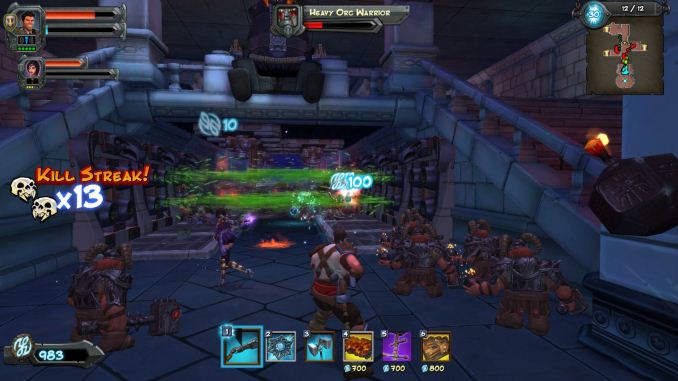
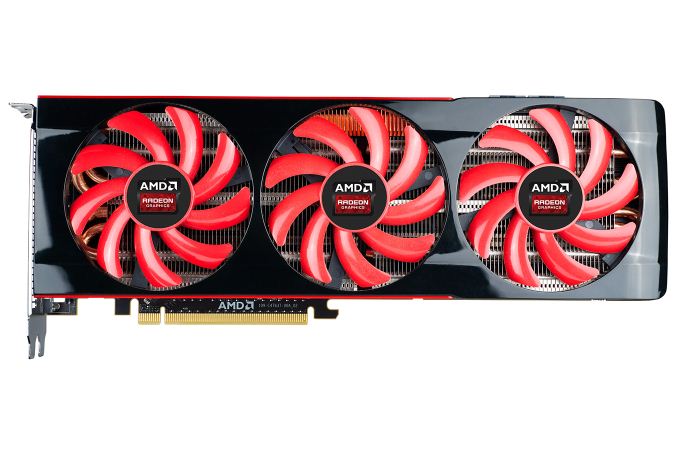
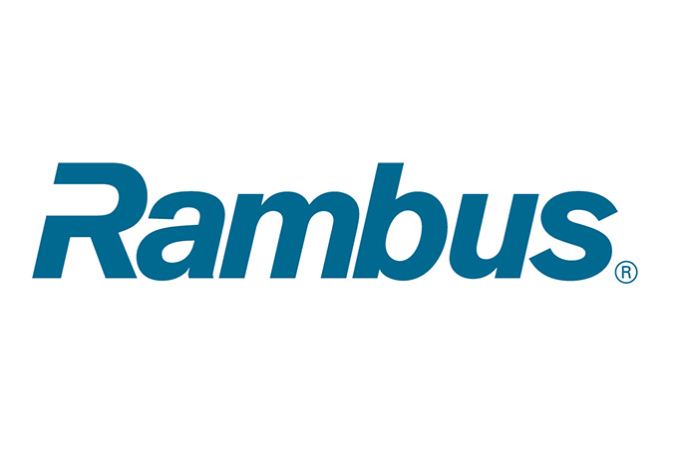
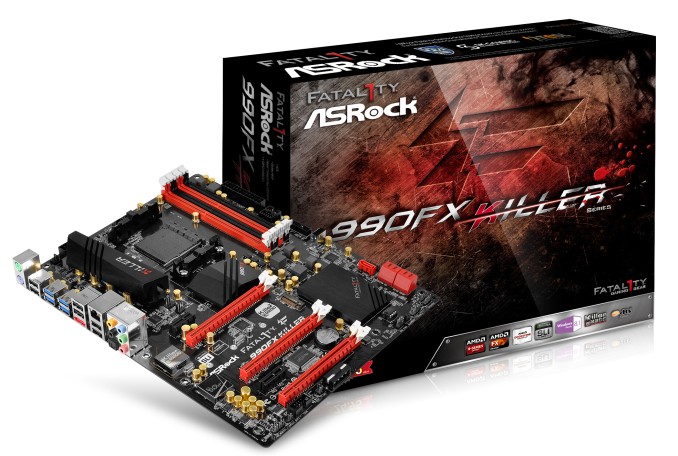
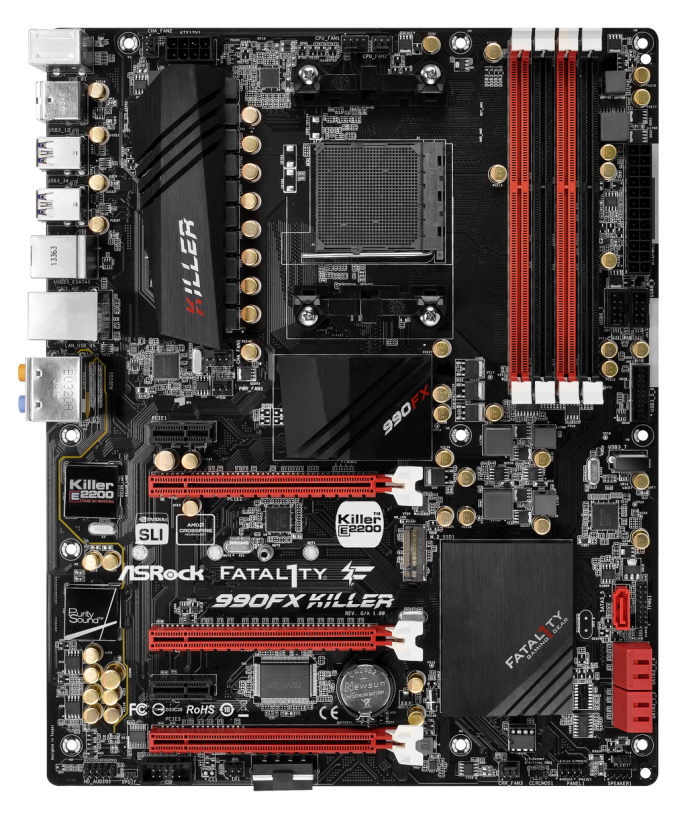
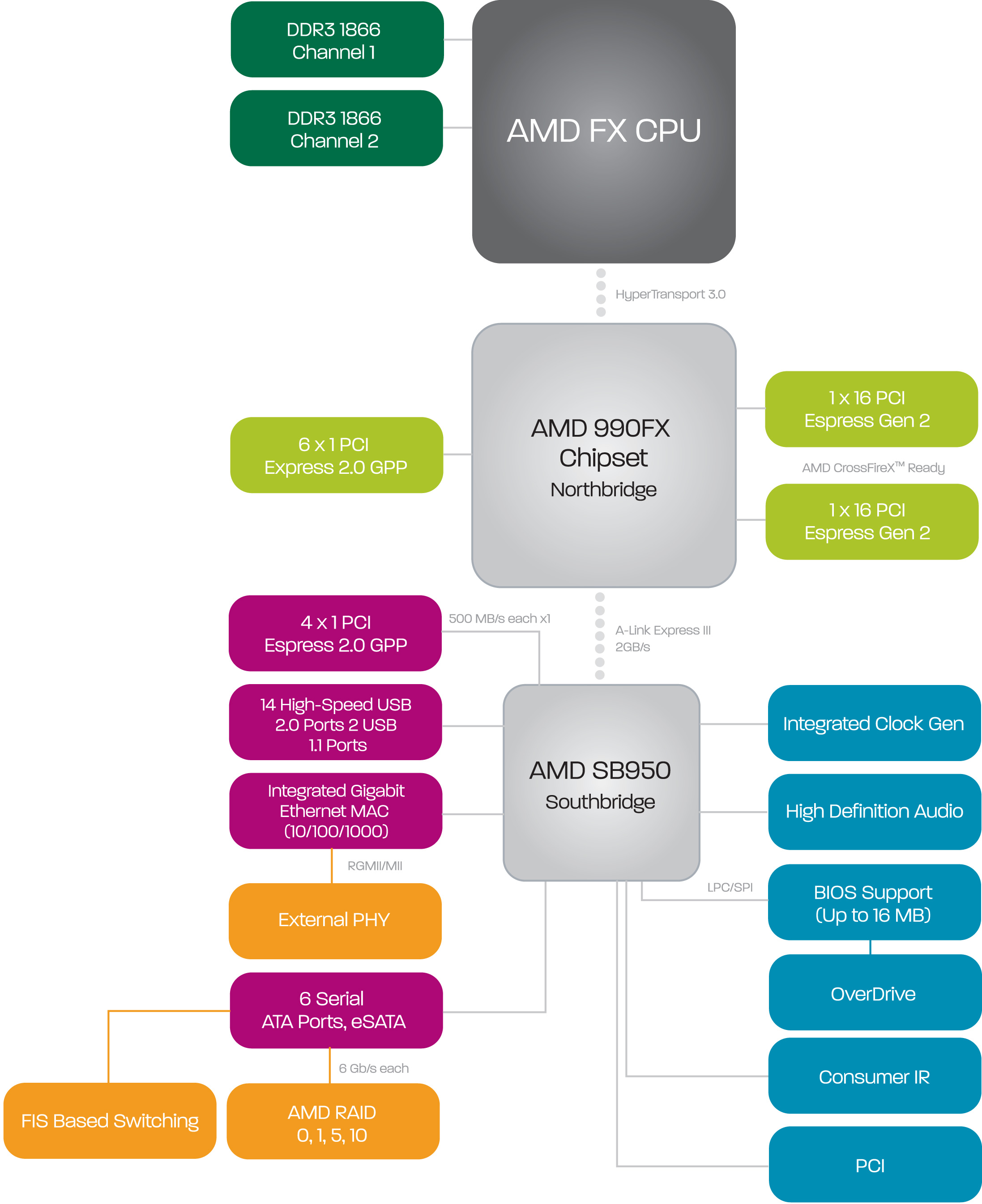
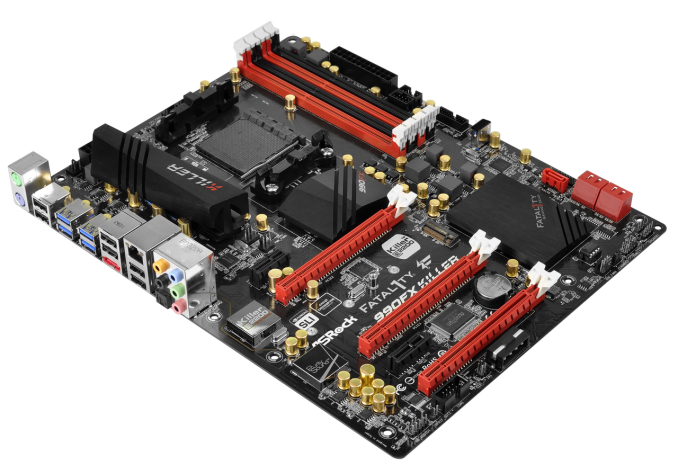
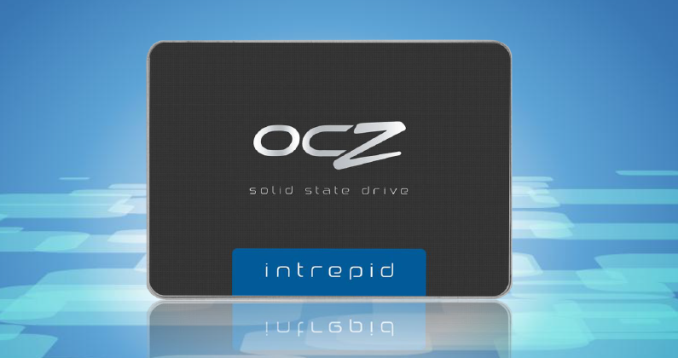
















Bookmarks